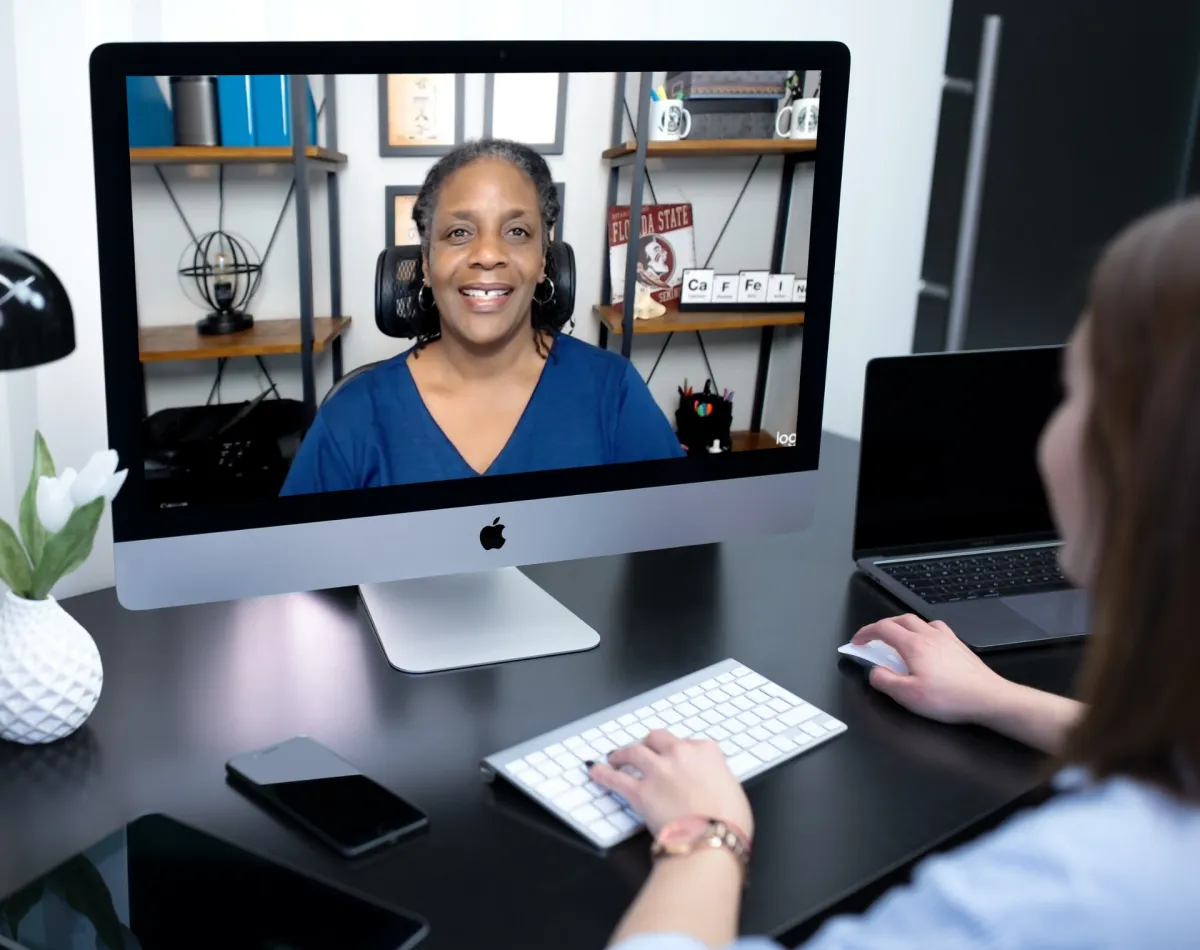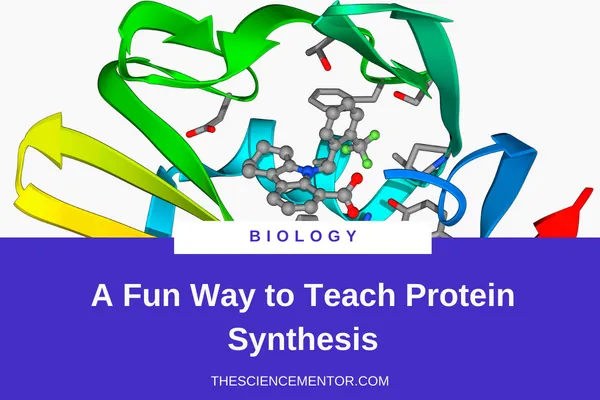
Have Questions?
I'd love to hear from you!
Reach out with your questions using the contact form below. It's delivered directly to my inbox!


My Mission is simple
To inspire a lifelong love for science and learning in every student I have the privilege to teach
Whether you're a homeschooling family seeking a trusted partner in your child's educational journey or a traditional student navigating the classroom, I'm here to provide unwavering support. Through live group classes, personalized tutoring, and self-paced courses tailored to each high school science class, I'm dedicated to helping you achieve your academic goals and fostering a deep understanding of the world of science.
YouTube
Click "Watch More" to Explore more videos on tips, strategies, and resources
From The Blog
Explore tips and inspiration by clicking on 'read more'

A Fun Way to Teach Protein Synthesis
Each year, I would look for fun ways to teach protein synthesis. I wanted a way to get them to work with the steps for protein synthesis on their own before I provide them with the notes. The goal was for my students to understand the process first, then attach the vocabulary.
START WITH AN ANALOGY!
Like the city analogy used to teach parts of the cell, I wanted to give them an overview of the process. Then provide a scenario that serves as an analogy. But the analogy had to be relatable. And what better way to do this than to give a problem and let them come up with the solution!
I gave a story of a grounded teenage girl with a life-changing (or at least in the world of teenagers) message she has to get to her best friend. But, she only has her nosey little brother to help. They had to solve the problem of getting a message out of her room, through her brother, and to her friend before her friend made it to the party that evening.

Let me tell you…it took a lot of guidance away from superpowers and James Bond-like skills, but we got there! In general, she coded her message, gave it to her brother, who then took it to her friend. Her friend decoded the message, carried out the action, and saved the day!
MAKE CONNECTIONS
We began making connections from the story to protein synthesis.
What carries the genetic message, or code, for our bodies?
Where is it located?
What would happen if it leaves the nucleus? Can it leave the nucleus?
I get them to the point of visualizing a code that’s trapped in the nucleus and must, somehow, be carried out of the nucleus to the place that makes proteins. While they’ve learned about RNA and know that it plays a role, they don’t know how.
ENTER MANIPULATIVES!

Now, it’s time to work with the steps before I give them to them. Each pair of students get a set of steps printed on strips of laminated stock paper.
NOTE: This activity is updated to include an online drag and drop version with the printable format.
They work with a shoulder partner and place the strips in an order they think makes sense. I haven’t used the term protein synthesis since the start of class. But they are now engaged in ordering the steps for this process!
I don’t immediately correct them once they think they got it. I show my class a video, such as From DNA to Protein – 3D. It usually takes pausing the video, reviewing the order, and then showing the video a second time.
A great thing about this process is that they interacted with each step. It’s at this time that I explain the process. We check and correct the order of their steps. But before we clean up, they use steps they just organized as their notes. They used the 2-column notes format adopted by my school.
I noticed that they were more likely to go back and read their notes when they understood what they wrote before writing. Reading, rereading, and ordering the steps helped them develop deeper comprehension than just copying them from my PowerPoint. When copying them, I’d tell them to add any side notes to help them understand the process from step to step while it was fresh in their minds.
PROTEIN SYNTHESIS ACTIVITY

The activity cards included images and more detailed steps. The cards were a part of the detailed lesson where students had to dive deeper into protein synthesis in the next class period.
When using as a review, these activity cards were included with other activities and resources from each of the content we covered for the unit. Students rated their level of understanding for each area. Based on their rating, they would personalize their review by selecting the resource and order of topics. I’d set up stations for each content area that included videos, activity cards, worksheets, and other resources to help them review that topic.
PRACTICE CODING

The third worksheet is an excellent practice for the entire process, from DNA to protein!
All Rights Reserved 2023 - (C) TheScienceMentor.com -TM | Terms & Conditions | Privacy Policy | Disclaimers